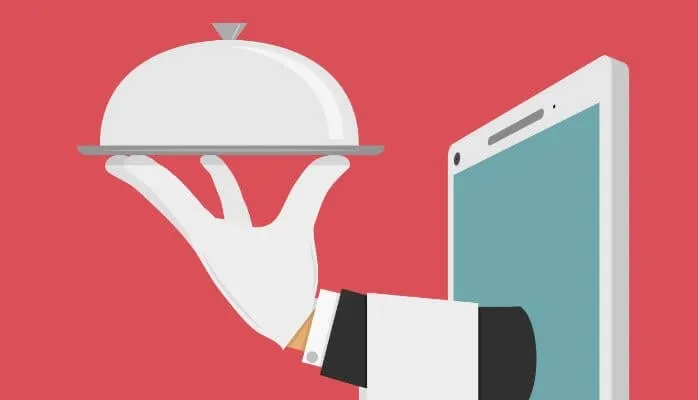The Food-Technology Panorama - Balancing the Yin & Yang

Companies will have to be cautious and not get swayed by the hype during the good times. Startups shouldn’t look at factors such as whether similar startups have been funded in the US or China, what the media thinks and, how much capital they raise in a fairly short time.
Food technology startups, according to research firm Tracxn, have raised approximately $175 million in funding since January 2015. Some of the notable companies that have raised venture capital include Zomato, TinyOwl, Swiggy, Holachef, Faasos, Fresh Menu and InnerChef.
Over the last 11 months, the sector has received abundant attention in two contrasting perspectives. The first few months were all about how mobile-first food technology companies are changing the way we dine at home and in office and, how they were in a growth wave in less than a year and galloping towards the unicorn club!
The conversation has changed in the last few weeks. We have seen stories around consolidation, burn rate control, lack of follow-on capital and, how these companies are morphing into great technology platforms.
These developments may indicate one of two things -- the market and consumer dynamics have changed drastically in less than a year or, there is a fundamental problem with the business models of these companies and their unit economics.
According to a study by the Indian Brand Equity Foundation, the online food delivery market is estimated at $1 billion and growing 30% month-on-month. This potentially offers a fantastic opportunity for multiple players to build valuable businesses.
The various business models include:
Restaurant aggregators or hyper-local logistics -- List multiple restaurants on a platform to enable customers to place orders via mobile and fulfill delivery.
Chef aggregators -- curating multiple chefs (mostly home chefs) on an Internet platform and fulfill delivery.
Kitchen-in-the-Cloud model -- Own the entire backend, have kitchens, a defined menu, and fulfill orders and delivery.
The big question here is, what does the consumer really need and value? It comes down to three things. One, the menu, the variety on offer, quality and consistency, all at the right price. Two, the ease of the ordering interface. Three, the delivery process which has to ensure the right packaging reaching the consumer in a reasonable time.
Given those factors, startups have to address a number of challenges, several of which are specific to each business model.
Let’s first look at the restaurant aggregator or hyper-local logistics model. For an order size of Rs 300, assuming a good day (there may be days when just one roti with an order value of Rs 50 was delivered at no delivery charge along with a free coupon), if a delivery boy picks up the package and delivers it to the customer’s doorstep, how much would the restaurant and consumer pay for the convenience respectively? Despite high repeat purchases, the model cannot ascertain a ‘lifetime value’ of the customer because customers may switch to other players for better discounts.
In the chef's aggregator model, the understanding is that the quality of food is of paramount importance to the consumer. But, it’s still a struggle to curate, standardize and bring in consistency for food sourced from multiple home kitchens and deliver at scale. It is almost impossible to control the customer experience through the entire lifecycle of the transaction. Could some of the popular home chefs deliver at scale from home kitchens when necessary?
Finally, in the kitchen-in-the-cloud model, the entrepreneur can control and standardize the menu centrally. But, it’s crucial to optimize the entire value chain at scale, right from demand estimates to supply chain to kitchen operations to delivery and deliver complete customer experience and satisfaction.
Despite those challenges, there is a huge opportunity for companies to address the customer’s pain point. Working professionals in the 22-50 age group struggle to find tasty, fresh food, delivered at home or in office. With the Indian palate expanding, and smartphone and e-commerce penetration growing, the market is favorable for businesses to flourish.
Further, unlike e-commerce, food is not a ‘winner takes all’ segment. There is an immense opportunity for multiple players to co-exist and succeed. Plus, there is no large national brand yet. The kitchen-in-the-cloud model is highly disruptive since it can bring efficiencies across the value chain, standardize the product offering and redefine the cost structures (eliminate real estate costs and give purchasing power at scale). A great team will certainly build a reasonably large business in this segment.
There will be many more companies that will continue to go through rough times and fail. Companies will have to be cautious and not get swayed by the hype during the good times. Startups shouldn’t look at factors such as whether similar startups have been funded in the US or China, what the media thinks and, how much capital they raise in a fairly short time. Startups with business models where consumers, rather than investors, pay for the product or service are the ones that will build value and get rewarded in medium to long term.





